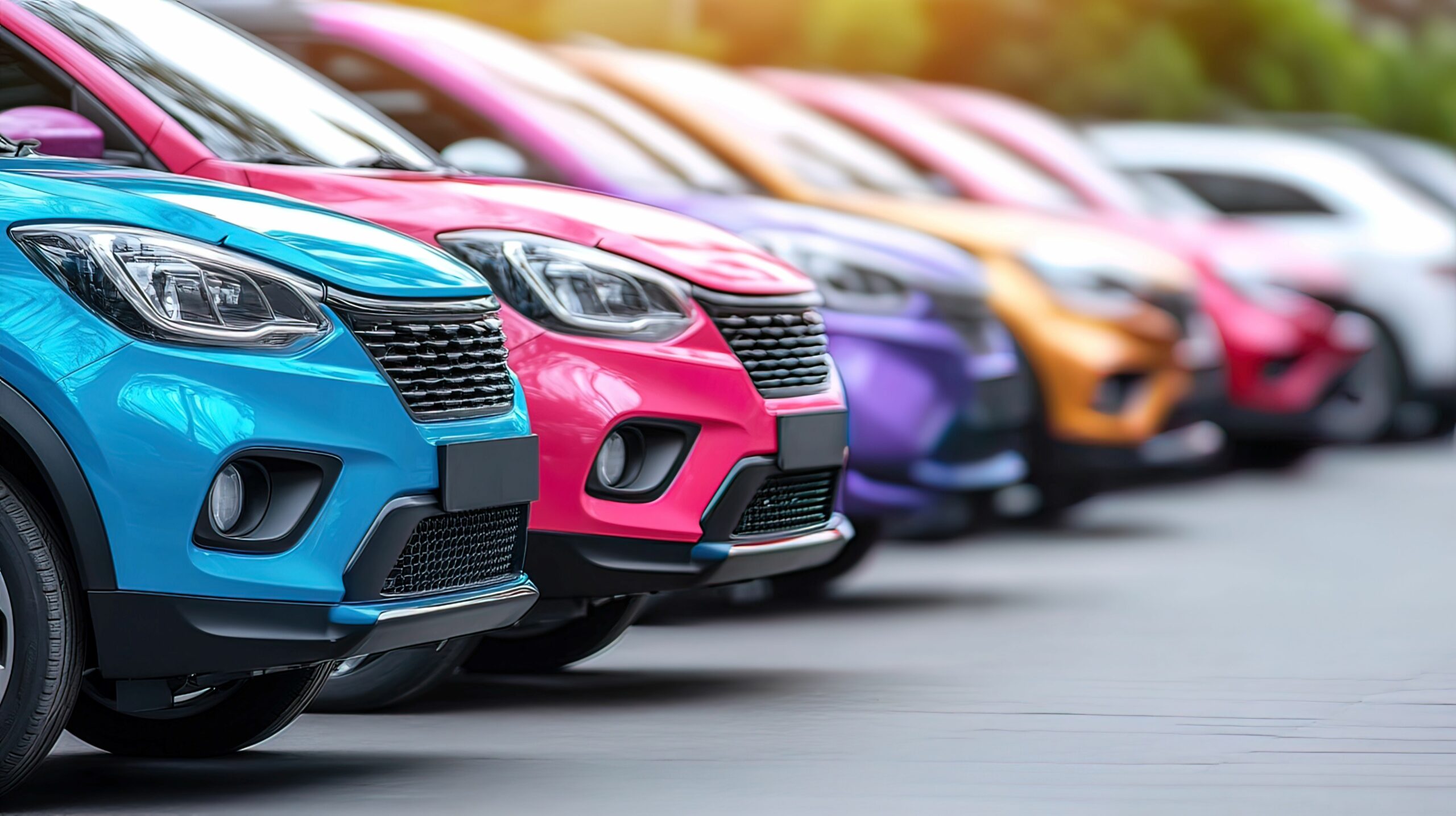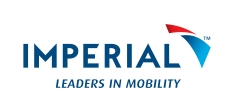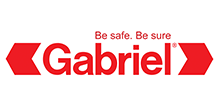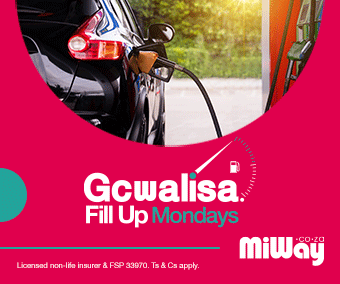When it comes to buying a car, colour often seals the deal. Today’s motorists are spoilt for choice with a dazzling array of paint options – from bold metallics to sleek matte and multi-layer tri-coat finishes. But while colour may be what catches the eye, few consumers realise that not all automotive paint is created equal – and choosing (or repairing) the wrong one can come with hidden costs and complications, especially if your car isn’t finished in a standard colour.
Specialty paint options, such as metallic or pearlescent finishes, often come with additional costs. Kevin Abrahams, Associational Representative and paint specialist at the South African Motor Body Repairers’ Association (SAMBRA), a proud association of the Retail Motor Industry Organisation (RMI), says these premium colours can add thousands of Rands to the price of a new car and when it comes to maintenance and upkeep, they often require more meticulous maintenance. For instance, matte finishes are particularly delicate and can be challenging to clean and repair. “Sunlight, weather and washing can cause these special colours to fade slightly over time and in the event of a touch up, finding an exact match can be tricky.”
“Modern paints are no longer just about colour – they’re about chemistry and technology,” says Abrahams. “Tri-coat finishes, for example, use multiple layers including tinted basecoats, pearlescent midcoats, and clearcoats to achieve depth and shimmer. These systems are difficult to replicate without the correct OEM-approved products and equipment.” Then some custom or limited edition colours, are exclusive to certain models or years and may not always be readily available so they will need to be custom mixed directly from the manufacturer which all adds to costs down the line. Matte paint is notoriously hard to repair. “Any polishing or blending can affect the finish, often requiring full panel, or in some cases, a full car respray. Typically the more standard colours like white, silver etc are easier to match and also easier when it comes to resale,” he says.
“Modern automotive refinishing is incredibly specialised,” says Abrahams. “It’s not just about spraying on a colour that looks right – it’s about using cutting-edge paint systems, following strict manufacturer specifications, and ensuring expert application for a finish that’s durable, precise and safe.”
Advancements in automotive coatings include high-solid (HS) and ultra-high-solid (UHS) clearcoats for improved durability and gloss retention, low-VOC (volatile organic compound) systems for environmental compliance, and UV-cured primers for faster drying times. Some manufacturers now incorporate self-healing clearcoats and ceramic-infused layers to improve scratch resistance and longevity.
These days all professional body shops or automotive refinishers should have professional colour matching tools. But even with this technology, blending into adjacent panels may often be necessary to create a seamless experience.
“Regardless of the type of paint colour you may have, it is still essential if your car needs repairs, to ask the right questions – both of your insurer and your repairer. “It is not only colour matching that’s key – paint quality is also key.”
Key questions to ask before your car is repainted
• Can I choose my own repair shop?
Yes, you can. While your insurer may recommend a repairer from their network, you’re entitled to choose your own – ideally one accredited by SAMBRA. These repairers meet high industry standards and follow manufacturer guidelines. We suggest you do your research too and check for any customer comments/complaints on their socials or on Hello Peter before you commit.
• Will OEM-approved paints be used?
This depends on what the insurer has authorised. But rest assured – all SAMBRA-accredited shops provide a warranty on paintwork, workmanship, and parts supply.
• What if the colour doesn’t match or the paint job looks poor?
You have every right to return the vehicle to the repairer to rectify the issue. If it’s still not right after a second attempt, you can go to another accredited shop – and the original repairer may be liable for the costs. Quality workmanship is non-negotiable.,” says Abrahams.
• Will using a non-approved repairer affect my resale value or insurance?
Possibly. Repairs that don’t meet OEM standards or use sub-par materials can impact both resale value and future claims. That’s why it’s crucial to use reputable, accredited repairers who follow the guidelines as set out by the Competition Commission and follow industry best practices.
“In the end, what might seem like a simple coat of paint is, in fact, a highly technical, multi-layered process that requires precision, expertise and the right products. So whether you’re driving a vibrant new model or maintaining a beloved older vehicle, understanding the nuances of automotive refinishing can save you time, money and frustration in the long run. Always choose accredited repairers, ask the right questions, and never underestimate the value of a quality finish – it’s not just about looks, it’s about preserving the integrity, value and safety of your vehicle,” concludes Abrahams.























